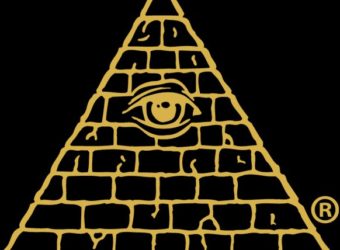June 12, 1997: 3COM, US Robotics Complete Merger
Subscribe! Spotify | RSS | More

1997 – Back in February, it was announced that US Robotics be acquired by 3Com Corporation in a $6.6 billion stock swap. This would add to 3Com’s computer networking company against Cisco as they would become the second largest networking company.
The merger did go through a series of corporate evaluations before the shareholders agreed to the merger.
Eventually, Hewlett-Packard acquired 3Com in 2010 and the companies products were merged into the HP name.

Subscribe to Day In Tech History:
RSS Feed - iTunes - Android - Spotify - iHeartRadio
Facebook -
- RSS Bandwidth by Cachefly Get a 14 Day Trial
- Join me on Patreon and support Day in Tech History
- Swiss Army Knife is patented
- Mr. Wizzard passes away
- First 500,000 watt power radio station – W8XAR – begins tests







![HP41c[1] HP41c[1]](https://dayintechhistory.com/wp-content/uploads/2012/10/HP41c1-340x250.jpg)



![408px-Hacker_troll[1] 408px-Hacker_troll[1]](https://dayintechhistory.com/wp-content/uploads/2019/03/408px-Hacker_troll1-340x250.jpg)




